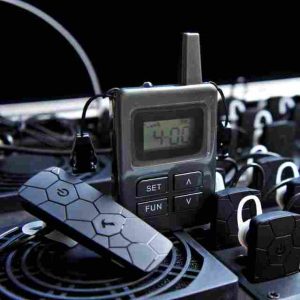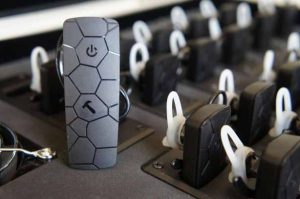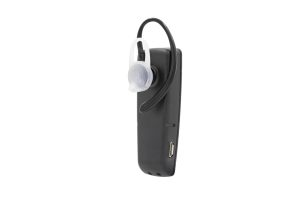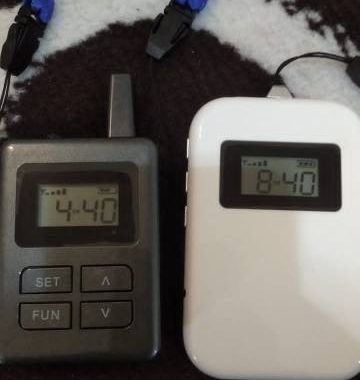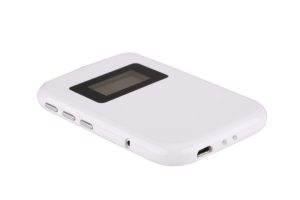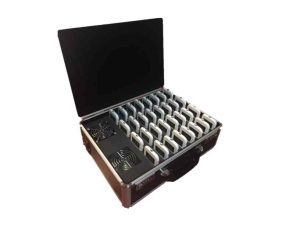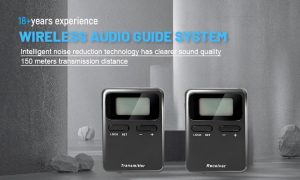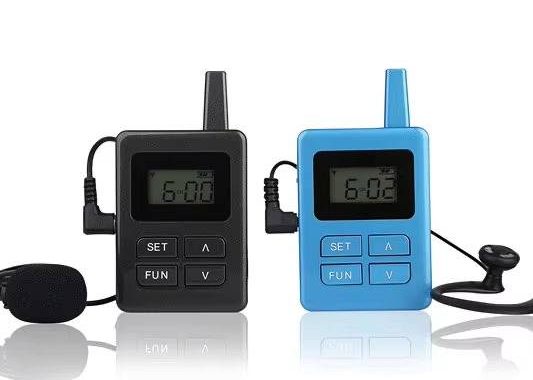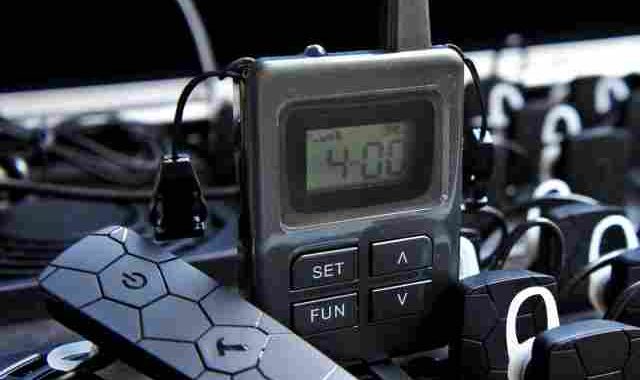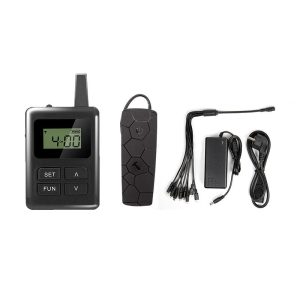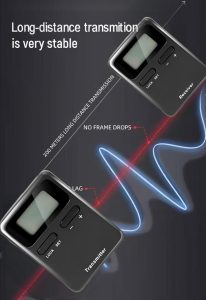What Is a Handheld Tour Guide System? A Complete Guide for Travelers & Tour Operators
In today’s fast-paced travel landscape, delivering seamless, informative, and engaging experiences is more important than ever. Whether you’re a museum curator, a city walking tour operator, or a traveler exploring historic sites abroad, a handheld tour guide system can transform how information is shared—and received.
But what exactly is a handheld tour guide system, and why should you consider using one? In this comprehensive guide, we’ll explore its features, benefits, use cases, and how it enhances both guided and self-guided tours around the world.
What Is a Handheld Tour Guide System?
A handheld tour assistant system—often referred to as a handheld tour guide system—is a portable audio device that delivers pre-recorded or live commentary to visitors during tours. These compact devices typically include headphones, a receiver unit, and sometimes a touchscreen interface, allowing users to access multilingual content, maps, and interactive media at their own pace.
Unlike traditional group tours where visitors must stay close to a guide to hear explanations, a handheld tour guide system ensures crystal-clear audio regardless of distance or ambient noise—making it ideal for crowded museums, outdoor heritage sites, or industrial facilities.
Key Features of Modern Handheld Tour Guide Systems
Today’s systems go far beyond simple audio playback. Here are some standout features you can expect:
- Multilingual Support: Offer tours in 10+ languages to cater to international visitors.
- GPS Triggering: Automatically play relevant commentary when users approach specific points of interest.
- Interactive Maps & Wayfinding: Help guests navigate large venues with ease.
- Long Battery Life: Most devices last 8–12 hours on a single charge.
- Durable & Lightweight Design: Built for daily use by thousands of visitors.
- Content Management Software: Easily update or customize tour scripts remotely via cloud platforms.
Who Uses Handheld Tour Guide Systems?
These versatile tools serve a wide range of industries:
🏛️ Museums & Galleries
Provide in-depth context about exhibits without overwhelming staff or disrupting quiet spaces.
🏰 Historic Sites & National Parks
Deliver immersive storytelling at ancient ruins, battlefields, or nature trails—even in remote areas with no Wi-Fi.
🚌 City Walking & Bus Tours
Enhance group experiences with synchronized audio so no one misses a word, even in noisy urban environments.
🏭 Factories & Corporate Campuses
Offer secure, professional tours for clients or new employees with consistent messaging every time.
✈️ Airports & Cruise Terminals
Guide international travelers through complex transit hubs with real-time wayfinding and announcements.
Benefits for Tour Operators & Venues
Investing in a handheld tour guide system isn’t just about tech—it’s about improving visitor satisfaction and operational efficiency:
- Reduce reliance on human guides, lowering labor costs.
- Scale your tours without compromising quality.
- Improve accessibility for hearing-impaired guests (many systems support induction loops or subtitles).
- Collect analytics on popular stops and dwell times to optimize future content.
- Boost revenue through premium audio tour add-ons or souvenir rentals.
Benefits for Travelers
For individual travelers, these systems mean:
- Freedom to explore at your own pace.
- Deeper cultural understanding through expert narration.
- No language barriers—choose your preferred audio track.
- Less fatigue from straining to hear guides in crowds.
Choosing the Right System: What to Consider
Not all handheld tour guide systems are created equal. When evaluating options, ask:
- Is it truly wireless and easy to sanitize? (Critical post-pandemic.)
- Does it support offline use? (Essential for remote locations.)
- Can I update content remotely?
- Is the user interface intuitive for seniors or children?
- What’s the total cost of ownership? (Include charging stations, software licenses, and maintenance.)
Leading providers now offer rental programs, white-label solutions, and integration with mobile apps—giving you flexibility whether you run a small boutique tour or manage a national monument.
The Future of Guided Experiences
As augmented reality (AR), AI voice synthesis, and beacon technology evolve, handheld tour guide systems are becoming smarter and more personalized. Imagine a device that recognizes your interests based on past behavior and tailors commentary in real time—or offers quizzes and photo challenges to keep kids engaged.
The line between physical and digital storytelling is blurring, and handheld systems sit right at the intersection.
Ready to Upgrade Your Visitor Experience?
Whether you’re looking to enhance customer engagement, streamline operations, or simply offer a more inclusive experience, a handheld tour guide system is a powerful investment in the future of tourism.
Explore our curated selection of professional-grade systems designed for global use—or contact us for a free consultation tailored to your venue’s unique needs.

